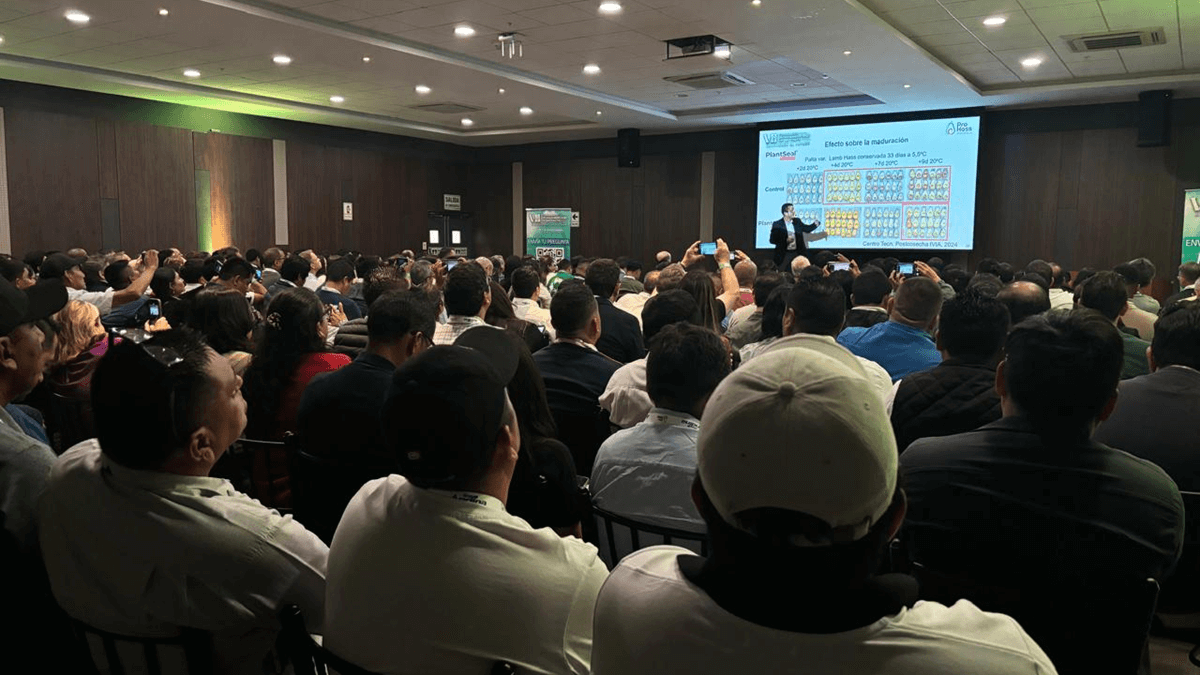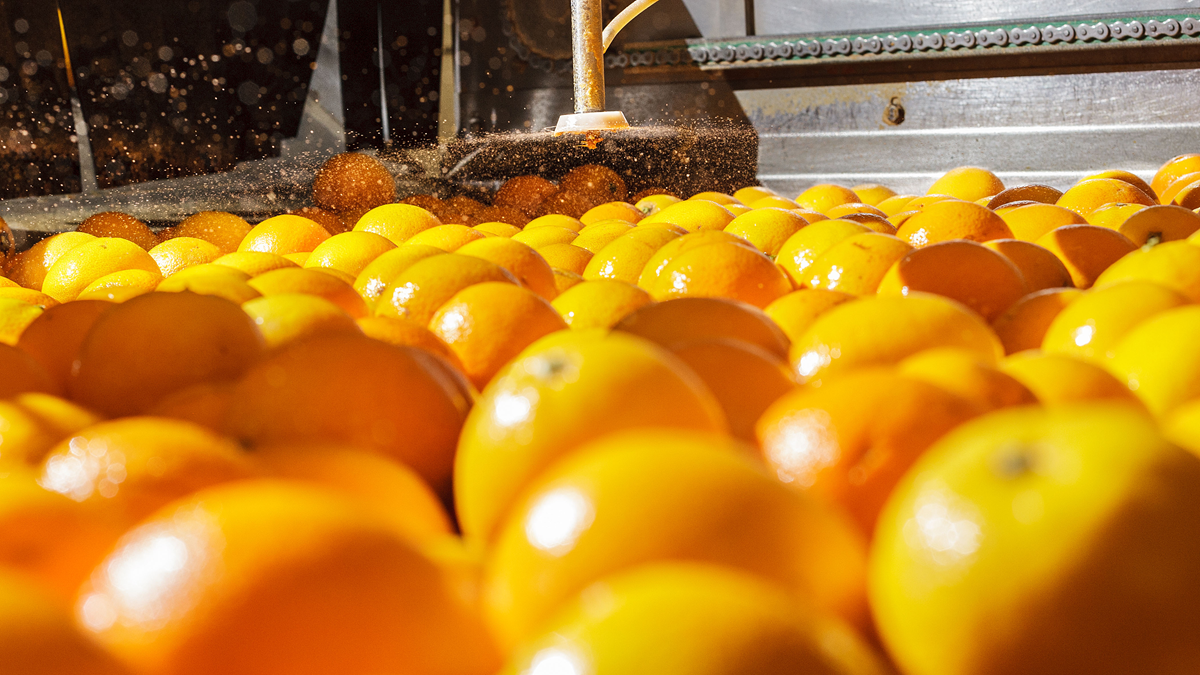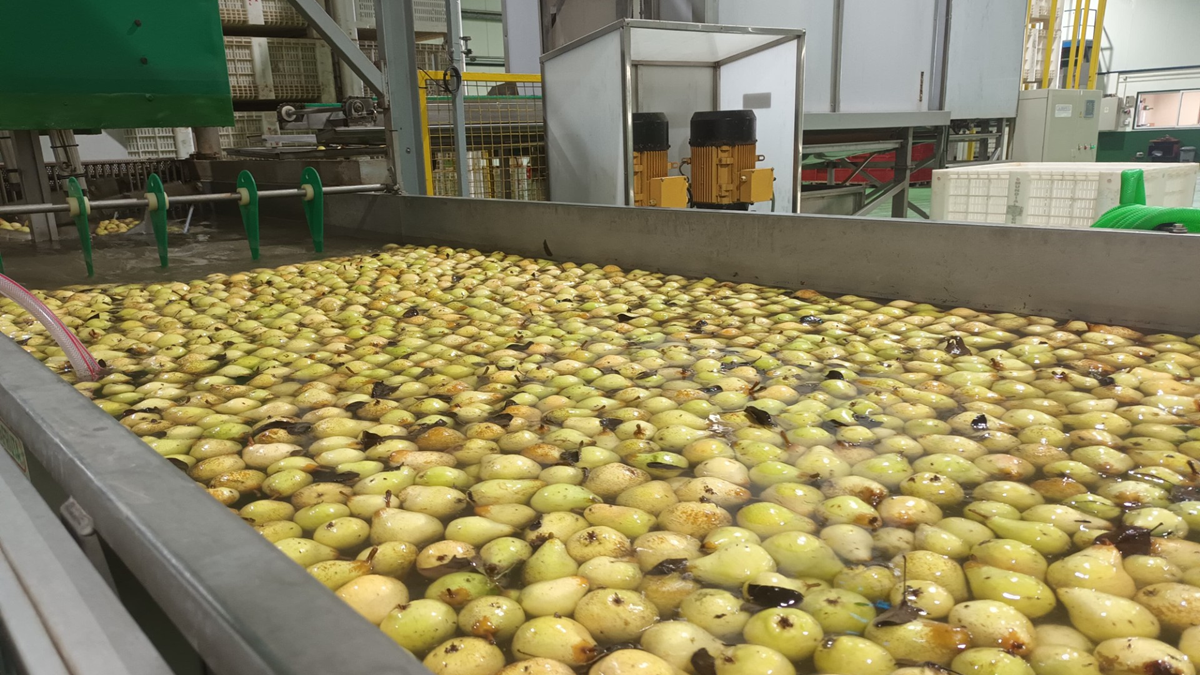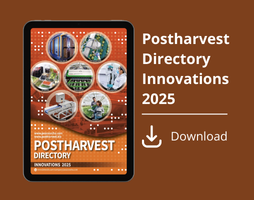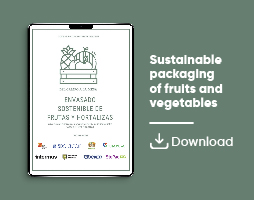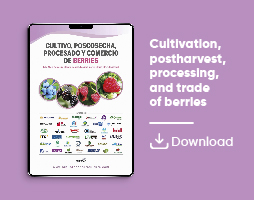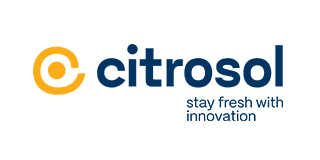

Citrosol
Phytosanitaries
Sustainable Postharvest Technologies for Export Cherries
Dr. Martín Mottura, from Citrosol’s Technical Department, analyzes in the CITROPOST the Spanish cherry export market and its commitment to postharvest technologies such as hydrocooling and sustainable sanitizing solutions like Citrocide® to preserve fruit quality and reduce losses without leaving residues
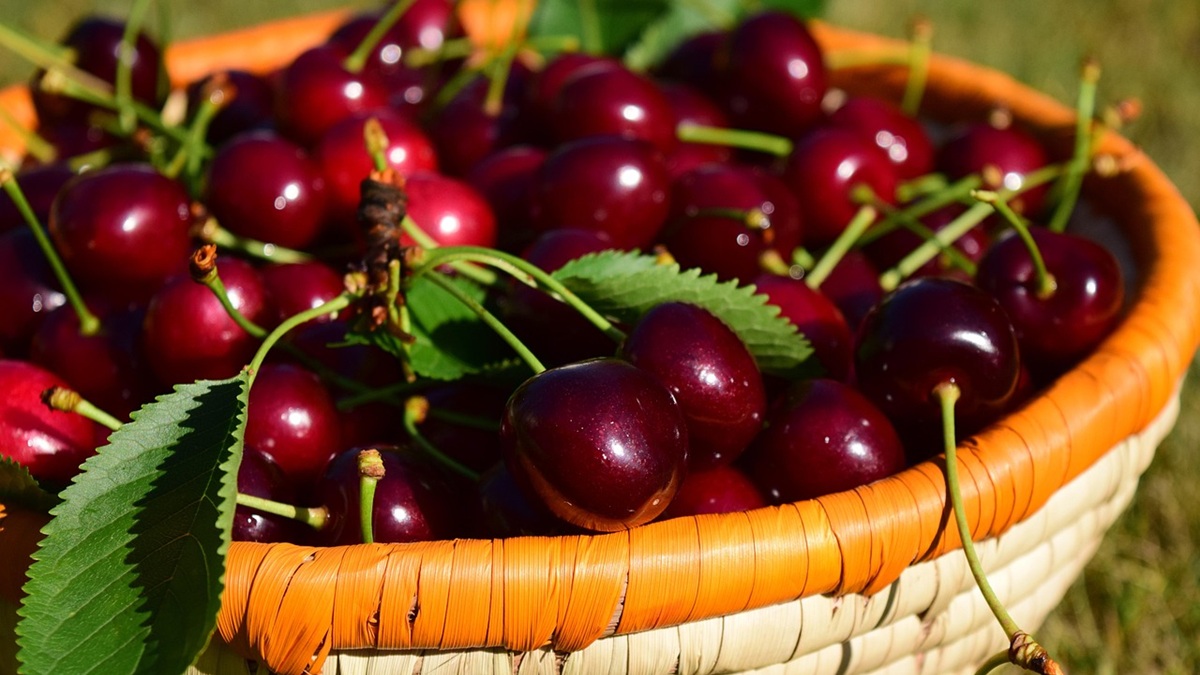
With an annual production of around 120,000 tons, Spain is the leading cherry exporter in the EU and the sixth-largest in the world. Approximately 30% of production is destined for export. In 2024, this represented around 40,000 tons of exported cherries, valued at nearly €140 million (FEPEX 2024).
Postharvest Technology
Cherries are highly perishable fruit that require careful postharvest handling. After harvest, the fruit is very susceptible to physical damage, dehydration, and pedicel browning, as well as physiological disorders such as pitting. Postharvest rots caused by pathogens like Botrytis or Monilinia are also a major source of losses.
Water cooling or hydrocooling is a widely used technology for cherries. It is applied immediately after harvest with the goal of quickly lowering the fruit’s temperature without dehydration, thereby reducing metabolic activity and slowing down deterioration. Additionally, to minimize damage from impacts, much of the postharvest process for cherries is carried out in water. Proper temperature and hygiene management of the water used in these processes is crucial to maintaining cherry quality during storage and marketing.
Water as a Vector
Pathogenic microorganisms affecting cherries, as well as others that pose risks to human health, arrive at the packinghouse from the field on the fruit surface. During postharvest, these microorganisms pass into the processing water. Their accumulation in these waters represents a risk to fruit quality and food safety, as contaminated water can act as a highly effective vector, transferring microorganisms via cross-contamination to large volumes of fruit along the line. It has been demonstrated that the accumulation of pathogenic fungi in cherry processing water, when not adequately sanitized, increases postharvest rot levels (Figure 1).
Figure 1. Percentage of rot in cherries washed with water without sanitizers, with contamination from the field, or with water artificially contaminated with Botrytis sp. spores at 102 and 103 CFU/mL (colony-forming units per mL).
New Tools for Postharvest
After four years of research in cherry packhouses in Chile and Spain, CITROSOL has developed a range of solutions to keep cherry processing water in hygienic condition. These solutions reduce industrial variability in the process while improving its sustainability. CITROSOL offers tailor-made solutions for each stage of cherry processing, from the hydrocooler to the final treatment tank.
Among these, the Citrocide® System stands out for the precise application of the coadjuvant peracetic acid (PAA). This system allows continuous, real-time monitoring of the PAA concentration provided by our Citrocide® formulations in the water. Through a fully automated process, it maintains a constant concentration at all times, thus ensuring optimal hygienic conditions. This results in better food safety of the final product while reducing postharvest rot losses.
Figure 2. Evolution of PAA concentration in a washer using the Citrocide® System (real data from an industrial system).
CITROSOL’s Citrocide® solutions offer an effective, residue-free way to control rot in cherries, especially given the uncertain future of conventional fungicides. Citrocide® products can even be used in organic agriculture, as they are certified for such use.
For more information, please contact your Citrosol technical advisor.


